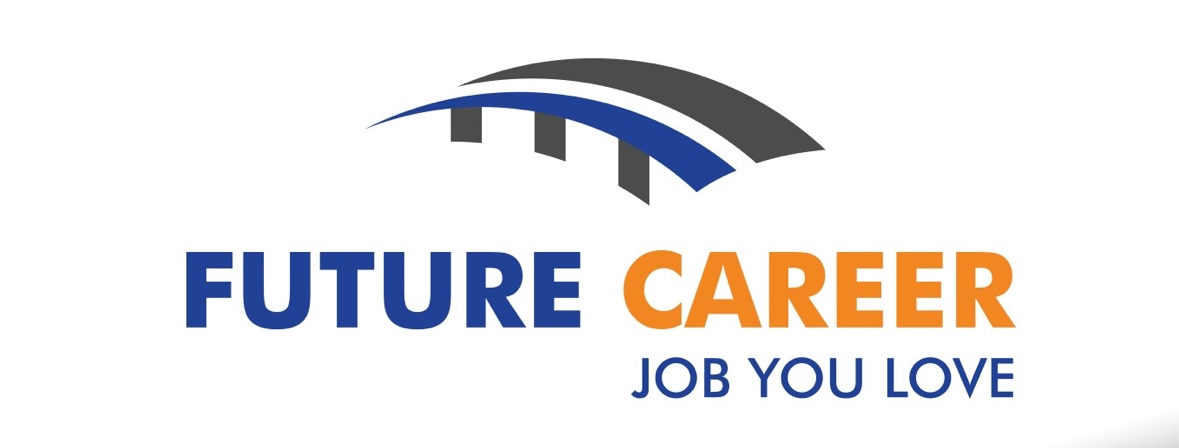Mapping Your Future: How to Envision and Achieve Your 5-Year Career Goals
In a world where career paths are rarely linear, having a clear vision of where you want to be in five years can make all the difference in achieving long-term success. While many dread the common interview question, “Where do you see yourself in 5 years?” it’s actually an incredible opportunity to map out your future and set clear career goals. This blog will guide you through the process of envisioning and achieving your 5-year career goals, helping you navigate your career trajectory with confidence and purpose.
Why 5-Year Career Goals Matter
Before diving into the steps to achieve your 5-year plan, it’s essential to understand why setting these long-term goals matters. Think of your career as a journey—without a destination in mind, it’s easy to get lost or sidetracked. A well-thought-out 5-year plan serves as your roadmap, providing direction, motivation, and focus.
Long-term career goals:
- Provide clarity: Defining where you want to be helps you create a strategy and make informed decisions.
- Boost motivation: When you know what you’re working towards, it’s easier to stay committed and push through challenges.
- Increase career satisfaction: Setting meaningful goals ensures that your career aligns with your values and passions.
By having a clear vision, you’ll be more strategic in your approach to career growth, making progress toward your dream role.
Step 1: Envision Your Future
The first step in mapping your career is envisioning where you want to be in five years. This is a creative and introspective exercise that requires you to think beyond your current job and imagine your ideal professional future.
Ask yourself these key questions:
- What role or position do I want to hold in five years?
- What new skills do I want to master?
- What type of company or industry excites me the most?
- How does my work-life balance look?
Visualizing your future self is a powerful tool. It helps you picture the skills you’ve developed, the responsibilities you’ve taken on, and the professional impact you’re making. Whether you see yourself leading a team, mastering new technologies, or stepping into an entirely new industry, take time to clearly define that vision.
Step 2: Conduct a Self-Assessment
Once you have a clear picture of your future, it’s time to take stock of where you currently stand. This self-assessment allows you to identify the gap between your present self and your future goals, helping you create actionable steps to close it.
Consider conducting a SWOT analysis (Strengths, Weaknesses, Opportunities, Threats) to understand:
- Strengths: What are your current skills and achievements?
- Weaknesses: What areas need improvement or further development?
- Opportunities: What external factors could help you grow?
- Threats: What potential challenges or obstacles could hinder your progress?
By reflecting on these aspects, you can identify what skills or experiences you need to develop and focus on how to leverage your strengths to reach your goals.
Step 3: Break Down Your Goals into Achievable Milestones
Setting a 5-year goal can feel overwhelming, but breaking it down into smaller, manageable steps makes it more achievable. This is where SMART goals (Specific, Measurable, Achievable, Relevant, Time-bound) come into play. Each part of the SMART framework ensures your goals are clear and attainable.
Here’s an example:
- Year 1: Gain a relevant certification or complete an online course to enhance your skillset.
- Year 2: Take on a leadership role in your current job or lead a significant project to build experience.
- Year 3: Expand your network by attending industry conferences or seeking mentorship.
- Year 4: Position yourself for a promotion by demonstrating measurable contributions to your company.
- Year 5: Secure a leadership position in your field or transition to a dream company.
Each year builds on the previous one, ensuring that by the end of five years, you’ve made significant progress toward your goal.
Step 4: Commit to Continuous Learning
In today’s fast-evolving job market, continuous learning is crucial. To achieve your 5-year career goals, you’ll need to stay relevant and adaptable by constantly developing new skills. This could mean enrolling in certification programs, attending workshops, or engaging in self-study.
- Stay updated with industry trends: Technology and industries are constantly changing. Ensure you’re always aware of what’s happening in your field.
- Upskill and reskill: Don’t be afraid to learn new skills or even pivot if necessary. The future job market values adaptability and versatility.
- Seek mentorship and coaching: Learning from others who have already walked the path you’re on can provide invaluable insight and guidance.
By committing to lifelong learning, you set yourself up for long-term career success.
Step 5: Network and Build Meaningful Relationships
Success is not just about what you know, but also who you know. Building a strong professional network is critical in today’s competitive job market. Networking not only opens up new opportunities but also provides valuable insights from experienced professionals.
- Leverage LinkedIn: Regularly engage with industry leaders, share your thoughts, and contribute to discussions to enhance your professional visibility.
- Attend industry events: Conferences, seminars, and webinars are excellent ways to connect with professionals in your field.
- Seek out mentors: Having a mentor can help you navigate challenges, make strategic decisions, and fast-track your career growth.
Building meaningful relationships is key to staying ahead in your career, as it often leads to new opportunities and mentorship.
Step 6: Reflect and Adapt
Life and careers don’t always go as planned, so flexibility is essential. Your 5-year plan should serve as a guide, not a rigid blueprint. It’s important to review your goals regularly—at least once a year—to track your progress and make necessary adjustments.
- Review your milestones: Assess whether you’re on track or if new priorities have emerged.
- Adapt to new opportunities: Stay open to changes. If an exciting new role or industry trend emerges, don’t be afraid to pivot your plan.
- Celebrate small wins: Acknowledge your progress, no matter how small. This boosts motivation and helps maintain momentum.
Conclusion: Start Mapping Your Future Today
Creating a 5-year career plan is an empowering step toward achieving long-term success. By envisioning your future, conducting a thorough self-assessment, setting clear goals, committing to continuous learning, building a strong network, and regularly reflecting on your progress, you can confidently navigate your career path.
So, where do you see yourself in 5 years? It’s time to start planning and taking action today. Remember, the future isn’t just something that happens to you—it’s something you can actively create.








